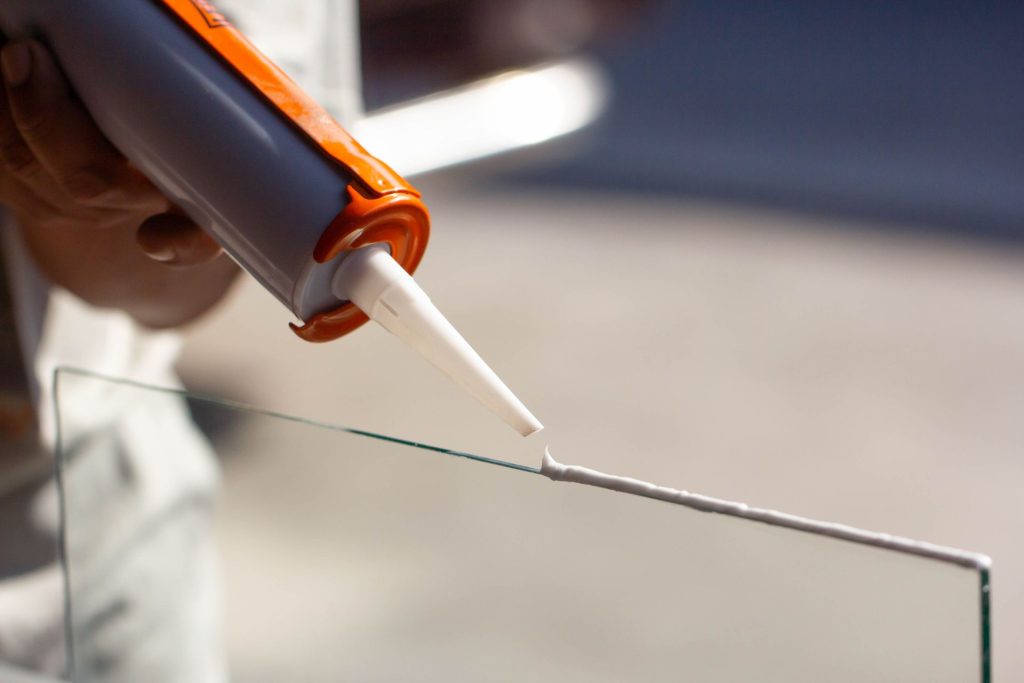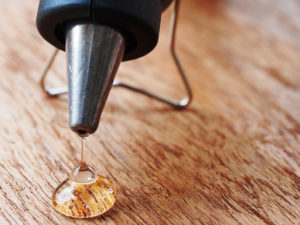Epoxy is a solid adhesive used for many types of home repairs. It is an all-purpose glue, gap filler, and waterproof adhesive. Although epoxy glue is available in two-component containers that require mixing, it is easy to use and long-lasting in its application.
For more details about epoxy, you can visit High-Strength Bonding Epoxy Adhesives | Gluegun.com for top-performing epoxy products.

Are you interested in learning the best ways to use Epoxy Adhesives? The following procedures and tips will enable you to complete your next epoxy project, from little fixes to renovations.
Set Up All Materials
You will first need to set up all your equipment and safety equipment, such as;
- Single-use gloves
- Protection glasses
- Weighing or volumetric cup measure
- A mixing spoon (preferably metal)
- The epoxies in parts A and B
Prepare Surface For Epoxy
Before applying epoxy, you must prepare the surface on which it must be applied. Ensure the surface is clean and dirt-free. Substrate cleanliness is the main problem with adhesives. Before applying epoxy, surfaces should, where possible, be cleaned or degreased with solvents. A bond can also break by oil on the steel or moisture from fingerprints. So make sure the surface is dry before applying epoxy for better and lasting effects.
Follow the Proper Mixing Method
There are several methods of proper mixings, such as;
- Hand Mixing
It can often be used for low-volume production or prototyping. This technique doesn’t apply to medium to high-level manufacturing. If you mix by hand, pour the resin (Part A) into the mixing bowl first. The product should weigh to the nearest gram. Follow the same weighting procedure to add the next hardener (Part B). Mix the product for at least three minutes using a stir stick, constantly scraping the sides and bottom of the container.
Avoid crushing the material to reduce the air entrained in the mixture. An epoxy must thoroughly mix before being used in the bonding process or poured into the mold. If you decide to mix by hand, choosing an epoxy with a long open time (pot life) will give you plenty of time to mix the material and put it into your application.
- Cartridge Mixing
It can be used for medium to large manufacturing runs. For this technique, two-part epoxy and cartridges must be pre-packaged. Most HumiSeal adhesive or encapsulant formulas have a volume ratio of 1:1 or 2:1, making them ideal for cartridge packing that uses side-by-side containers. 50, 200, 400, and 1500ml sizes cartridges are some of the most popular ones. When choosing a cartridge size, you should think about shot size, pot life, the number of parts to process, and the ergonomics of the job.
In addition, pneumatic pistols must be used for cartridges greater than 600ml due to their ease of use and high dispensing pressure.
Fixing Your Epoxy
When properly combined, epoxy cures by an exothermic chemical process. Let the mixed epoxy cure at room temperature or use heat to accelerate the process. Cure rates can usually be observed at a specific temperature and mass of material (e.g., 25 minutes per 100 grams of mass). If you work with larger quantities, the treatment time will be shorter. Thinner sheets and less bulky materials will take longer to cure.
Epoxy has such strong adhesive properties that it is practically difficult to remove after drying. To avoid damaging your work surface, apply the epoxy as precisely as possible. And if you spill something, be sure to clean it up right away to avoid physical damage.

